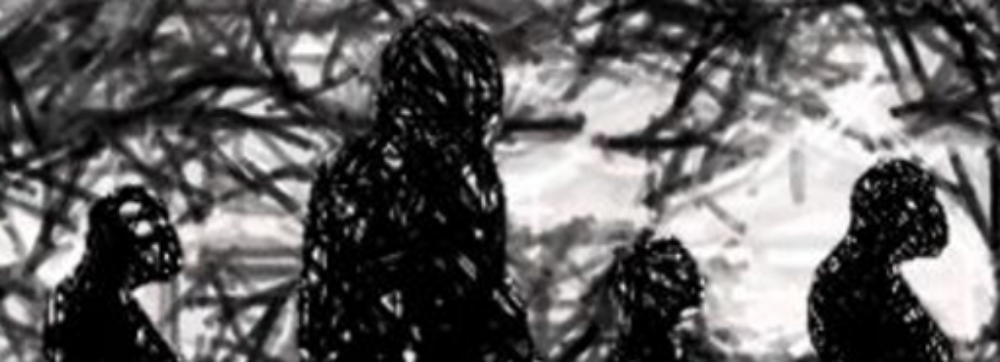J. Benjamin Falandays and Paul Smaldino
Cultural attractor landscapes describe the time-evolution of cultural variants (i.e. behaviors, artifacts) over successive transmission events. When cultural variants sit at a local minimum of a stable attractor landscape, there will be no cumulative error over transmissions, allowing Darwinian selectionist dynamics to drive cumulative cultural evolution. This can be achieved when individuals within a population are “cognitively aligned,” meaning they tend to perceive, remember, and reproduce variants in consistent ways. But because cultural attractors are the emergent products of shifting populations (individuals can leave or die, and new individuals can be born or enter the population) of individuals with potentially-idiosyncratic and dynamic cognitive landscapes, which are in turn the emergent products of individual experience within a culture, stable cultural attractor landscapes cannot be taken for granted. Yet, little is known about how cultural attractors form or stabilize, in light of this culture-cognition feedback loop. We present an agent-based model of cultural attractor dynamics, which adapts a cognitive model of unsupervised learning of phoneme categories in individual learners to a multi-agent, sociocultural setting wherein individual learners are tasked with categorizing and generating signals for one another. Beginning from a state in which all agents possess a set of randomly distributed categories of uniform probability, under some conditions populations self-organize into signal clusters, which constitute an identifiable cultural attractor landscape. For present purposes, we think of these attractors as proto-linguistic units, such as a phoneme set, but they may be taken to represent any culturally-shared repertoire of behaviors. We explore the role of various innate cognitive biases, levels of transmission error, learning periods, lifespans, population sizes, and network structures to understand when population-level structure may emerge, what properties it is likely to have, and how stable it is. Our analyses can provide useful insights into the conditions that may be favorable or unfavorable for cumulative culture to emerge. Because we contend that cognitive alignment is a prerequisite for treating cultural transmission as akin to biological inheritance with noise, we do not appeal to selectionist principles in developing our theory. Instead, we show how cognitive alignment may arise as the emergent product of intertwining cognitive, developmental, and demographic dynamics. Nonetheless, because the mechanisms that allow for these dynamics are themselves evolved, a full explanation must eventually reintroduce Darwinian selection processes. While these processes are absent from the current version of our model, we believe the model may be straightforwardly extended to include inheritance of cognitive and developmental processes, and therefore this model may be of use to any researchers interested in the co-evolution of biology, cognition, and culture.
